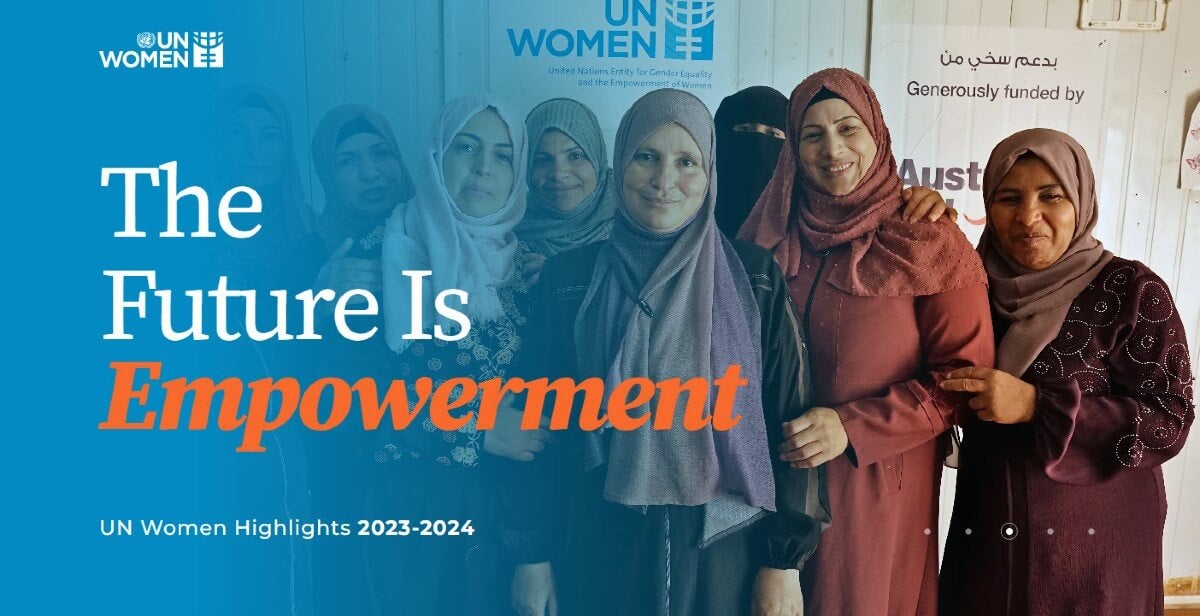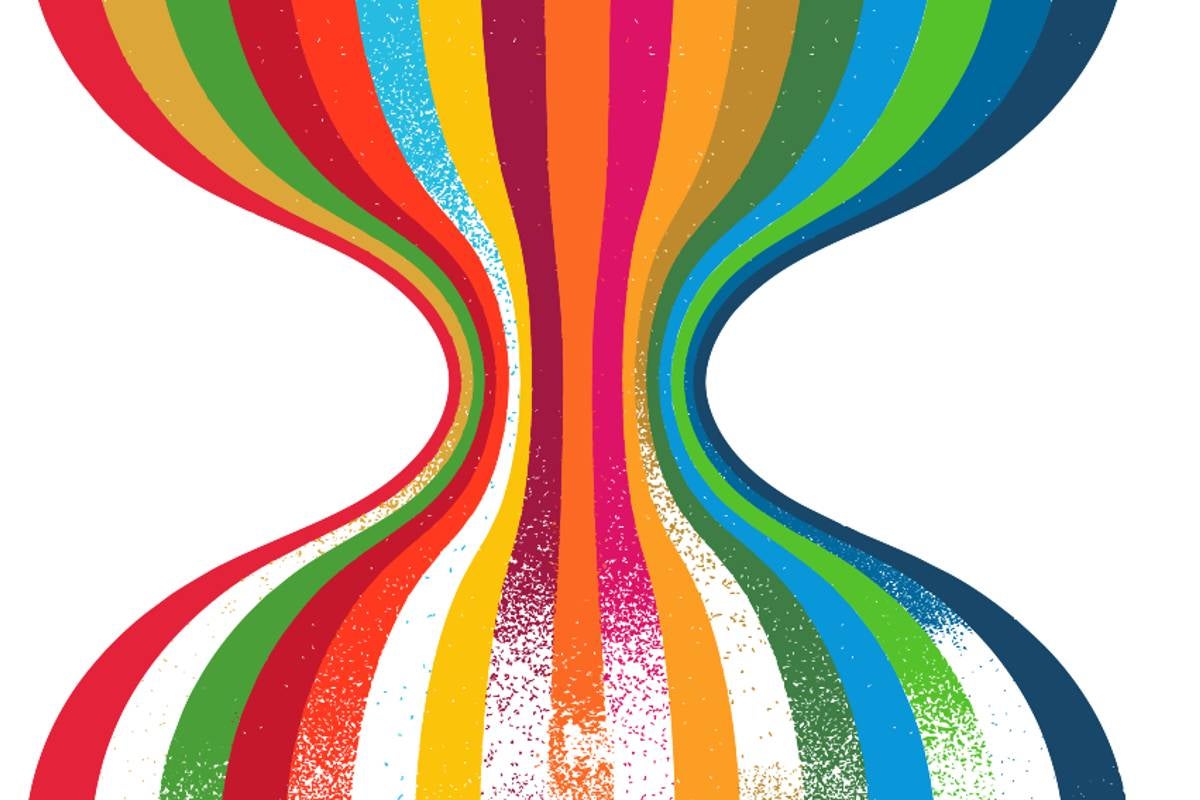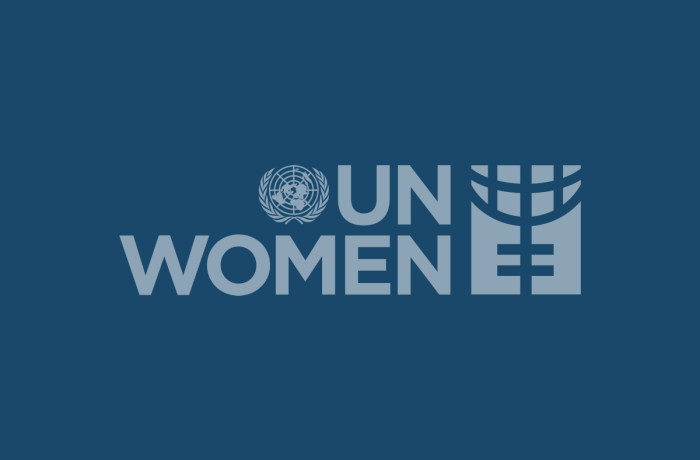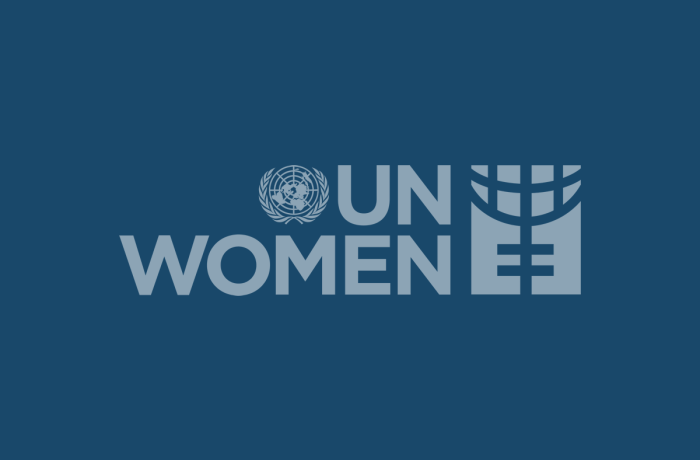Period Poverty – why millions of girls and women cannot afford their periods
Millions of women and girls worldwide still cannot afford menstrual products or access water and sanitation facilities to manage their menstrual health and hygiene. Periods make them miss school, work, and negatively impact their health, but it does not have to be that way.
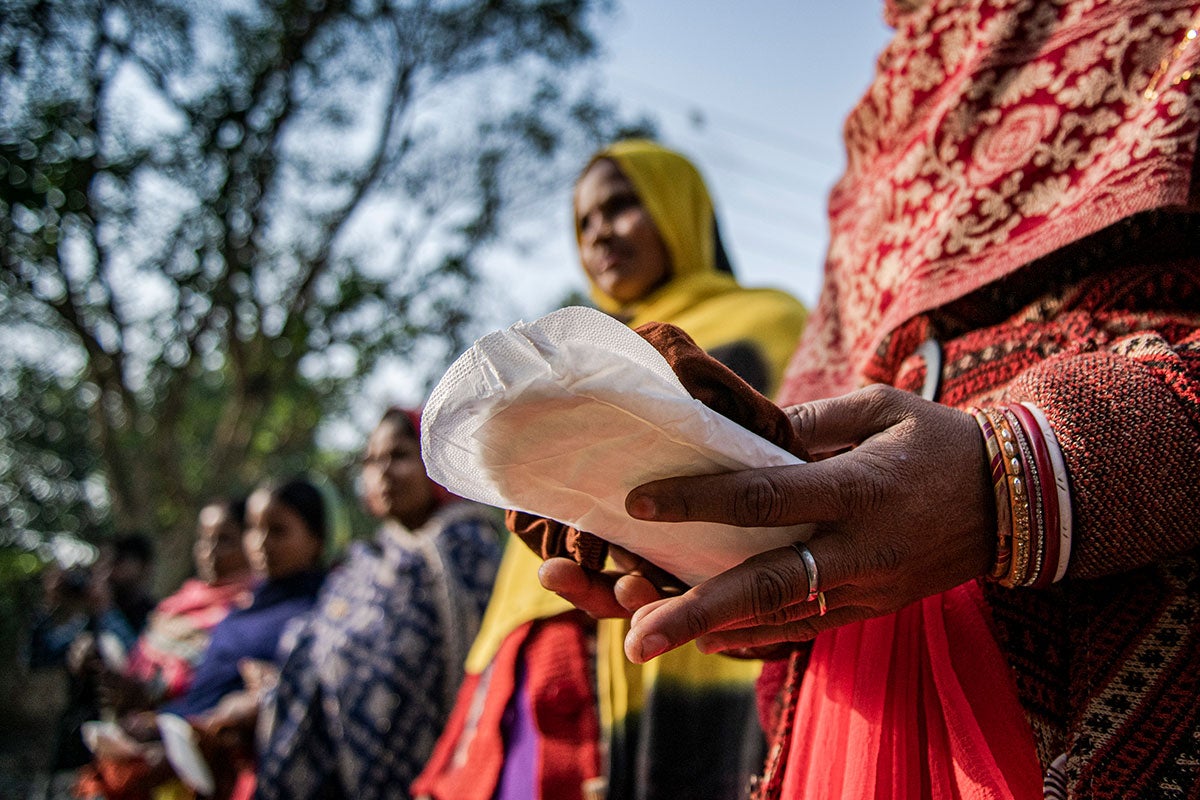
What is period poverty?
Every month, more than two billion people[1] around the world menstruate. Menstruation – or period – is a natural and healthy process, yet millions of women and girls cannot afford menstrual products or access to safe water and sanitation to manage their menstrual health and hygiene. This interrupts their lives, rights, and freedoms.
Period poverty refers to the inability to afford and access menstrual products, sanitation and hygiene facilities and education and awareness to manage menstrual health. Simply put, period poverty costs women and girls too much and it doesn’t have to be this way.
What causes period poverty?
Stigma, the high cost of menstrual products, and lack of water and sanitation facilities drive period poverty around the world.
Menstrual products are prohibitively expensive for millions of people worldwide. Gender-blind policies and tax laws – for example, the “pink tax” on feminine products – are in part to blame, but such policy decisions go together with the stigma and taboo attached to menstruation. For example, in many states within the United States, Viagra (for erectile dysfunction) is classified as a tax-exempt health product, while sanitary products are classified as luxury goods and taxed at the highest rate.
Additionally, more than 1.5 billion people still lack basic sanitation services, such as private toilets. Not having access to safely managed toilets keeps many girls away from school and women away from work during their period. At least 1 in 10 women and girls in rural areas across 12 countries did not have a private place to wash and change during their last period.
Period poverty is also perpetuated by stigma and the lack of information and education – not only do many girls and young women lack awareness and are unprepared for their periods, but policymakers and adults with decision-making power in schools and workplaces also lack comprehensive menstrual education.
In Bangladesh and Egypt, only 32 per cent and 66 per cent of girls, respectively, said they were aware of menstruation before they got their first period, many were shocked and afraid.
Stigma and discrimination are heightened in communities where there are harmful social and cultural norms around period. In some parts of the world, even today, menstruating girls and women are seen as dirty or untouchable, restricting their movement and access to spaces. Pervasive myths include that menstruating women and girls should not touch certain food or it would rot, or enter places of worship, and that they should be isolated.
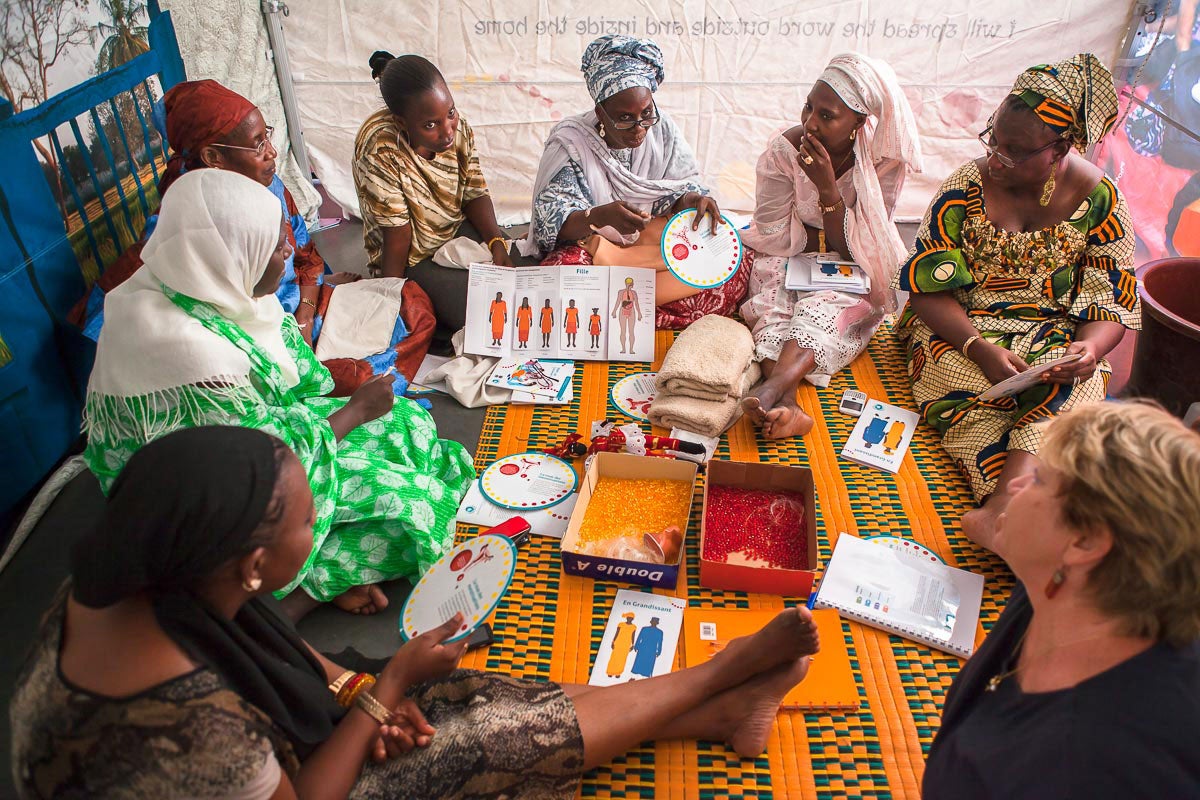
Who is affected by period poverty?
Period poverty is a global health issue affecting women and girls in both rich and poor countries. What women and girls can use to manage their menstrual health and hygiene varies widely, based on their income and whether they live in urban or rural areas.
In Bangladesh, Egypt, India, Madagascar and Zimbabwe, for example, adolescent girls and women in urban areas are more likely to use sanitary pads compared to those in rural areas, who are more likely to use cloth. One in 5 adolescent girls and women in rural Ethiopia used no materials, compared with 1 in 20 in urban areas, according to WHO and UNICEF data.
In the United States of America, 1 in 4 teens and 1 in 3 adults struggle to afford period products, especially teens of colour and lower-income households.
A 2020 survey by Plan International showed that 3 in 10 girls in the United Kingdom struggled to afford or access menstrual products and more than half of them used toilet paper instead.
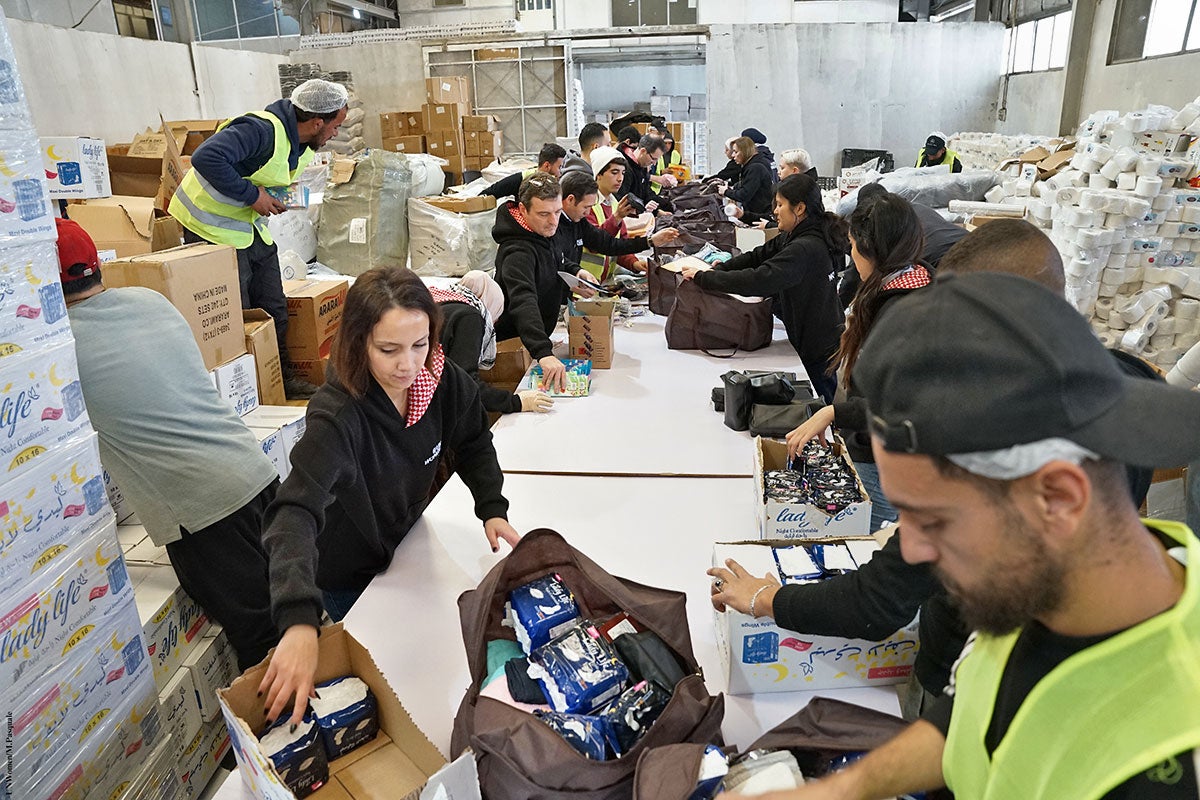
Challenges for menstrual health and hygiene management during crisis
There is growing consensus that managing menstruation is a health rather than a hygiene issue, and above all a human rights and gender equality issue. Today, 614 million women and girls are living in conflict-affected areas, and the number of women and girls fleeing conflict, crises and disasters is rising. The United Nations Refugee Agency (UNHCR) estimated in 2023 that women and girls accounted for 51 per cent of all refugees. Menstruation does not stop during crisis. Yet, menstrual hygiene management and women’s and girls’ health and dignity are low priorities during crisis response.
During transit and in camps, displaced women and girls often lack privacy to change and wash. Internally displaced women and girls in Myanmar preferred disposable sanitary pads to cloths once they learned how to use and dispose them.
In UN Women’s recent report from Gaza, more than 540,000 women and girls of reproductive age lack access to items to support their hygiene, health, and dignity. They are resorting to using cloth or sponges because they cannot access menstrual products. UN Women estimates that 10 million disposable menstrual pads are needed each month to cover the needs and preserve the dignity of women and girls in Gaza.
In Lebanon, during the economic crisis, the prices of menstrual pads and other hygiene items made within the country increased by 98 – 234 per cent. In April 2020, 66 per cent of girls said they could not afford to buy menstrual products and, since menstruation is a taboo topic, most girls and women did not talk about it.
Read part 2 of this explainer: Period poverty costs too much, take action to end it!
[1] Note: Existing menstrual health data typically refer to adolescent girls and women aged 15–49. Globally, this age group comprised nearly 2 billion females in 2022. However, non-binary and trans people also experience menstruation.





